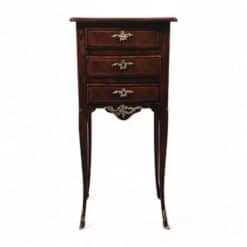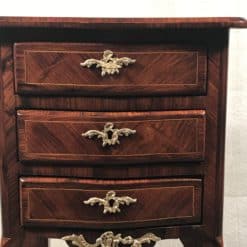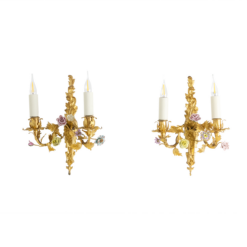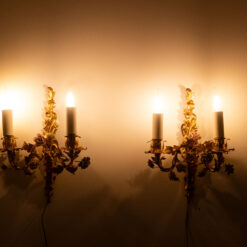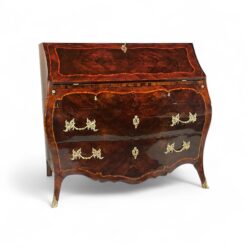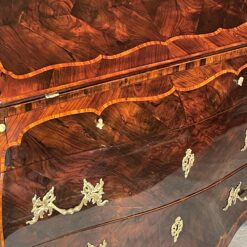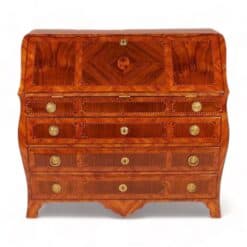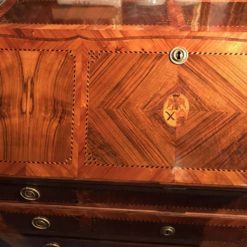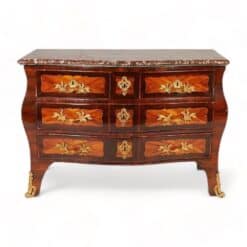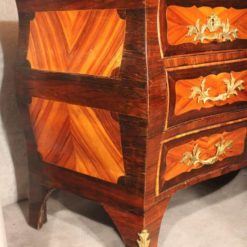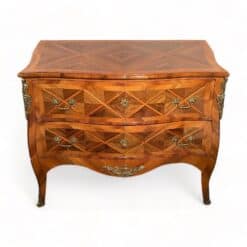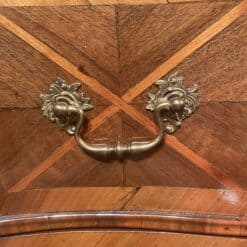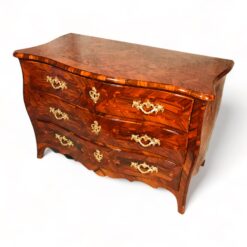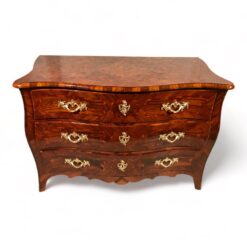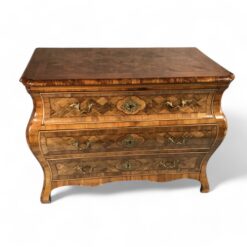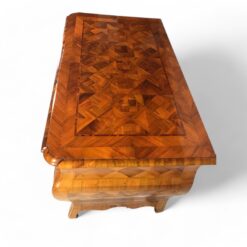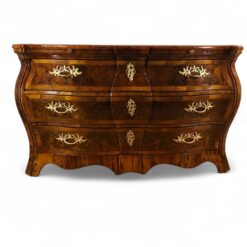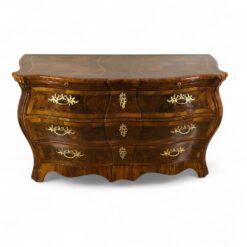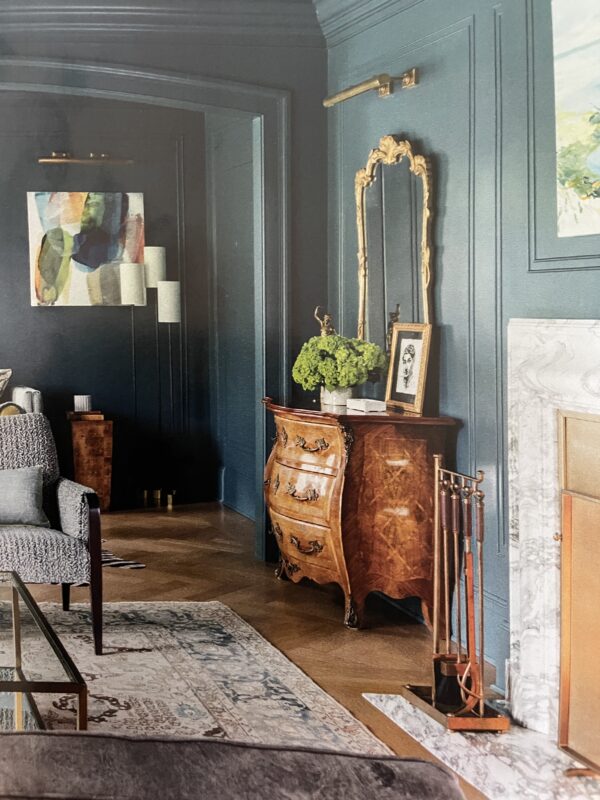Best Sellers
Antique Furniture Guide, Furniture, Styylish History
The Evolution of the Bombe Chest | Antique Furniture Guide
The bombe chest is one of the most admired forms in antique furniture. Its distinctive convex curves and bulging sides make it instantly recognizable. The shape adds movement and luxury to any interior. Collectors and interior designers have prized it for centuries. From its Baroque origins to Rococo elegance, the bombe chest reflects the skill of European cabinetmakers and evolving decorative trends.
Origins of the Bombe Shape
The bombe chest first appeared in France during the late 17th and early 18th centuries. Baroque furniture emphasized grandeur, drama, and sculptural qualities. The convex curves of the bombe chest perfectly embodied these principles.
Early examples often used walnut or oak. Cabinetmakers veneered the surfaces and added gilded bronze mounts. These details signaled wealth and sophistication. The convex shape required precise craftsmanship. Veneers had to be bent without splitting. The structure needed careful reinforcement. These technical challenges made the bombe chest a luxury item.
Famous early makers included André-Charles Boulle, known for his marquetry and bronze mounts, and his contemporaries who experimented with complex curves and rich decoration. Some pieces combined practical storage with artistic display, turning furniture into a statement of taste.
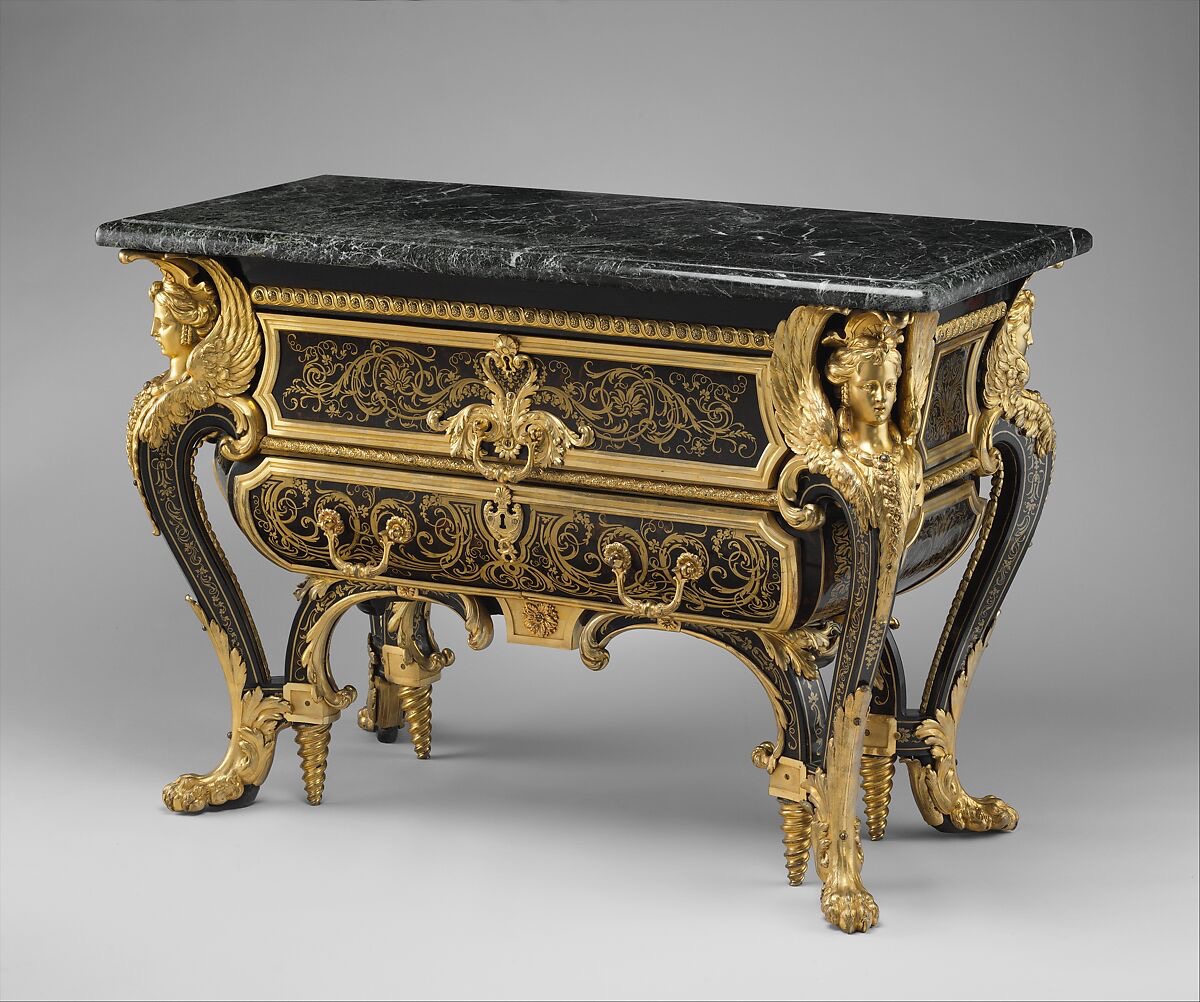
Rococo Flourish: Exaggerated Curves and Decoration
By the mid-18th century, the bombe chest became central to Rococo interiors. Rococo design favored asymmetry, lightness, and natural motifs. Cabinetmakers emphasized curves, often creating exaggerated convex fronts and flowing sides.
Decorative elements included shells, floral patterns, and acanthus leaves. Cabriole legs enhanced the sense of movement. Marquetry often depicted pastoral scenes or intricate geometric patterns. Ormolu mounts provided contrast and visual sparkle.
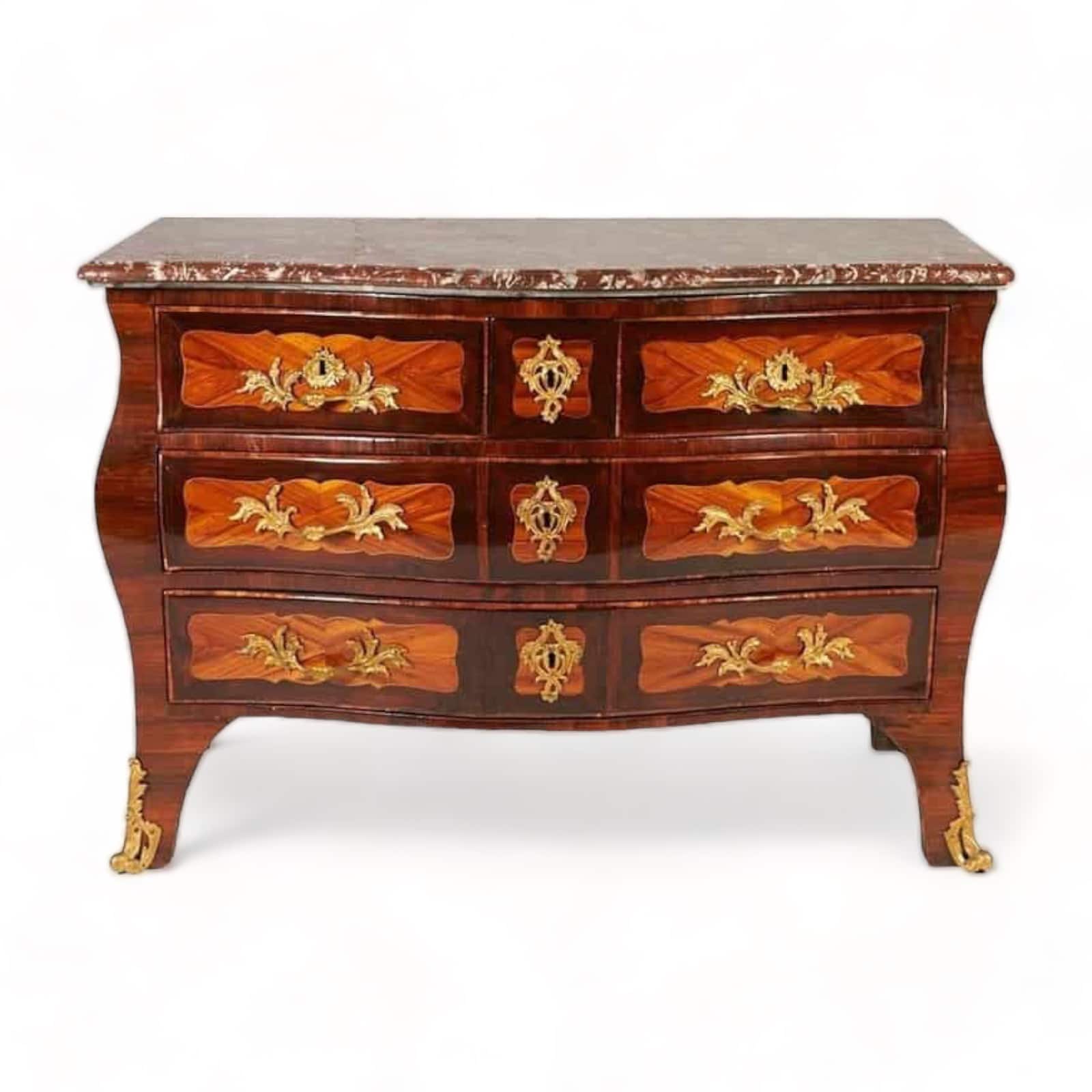
Jean-François Oeben and other French makers pushed the design further. They created chests with double bombe fronts, delicate veneers, and luxurious materials. These pieces exemplified the Rococo taste for refinement and artistic flair.
Regional Variations Across Europe
The bombe chest inspired makers across Europe. Italian chests often had bolder curves. Many featured marble tops, gilded bronze, or colorful ceramic inlays. German and Austrian versions were more restrained, reflecting local tastes.
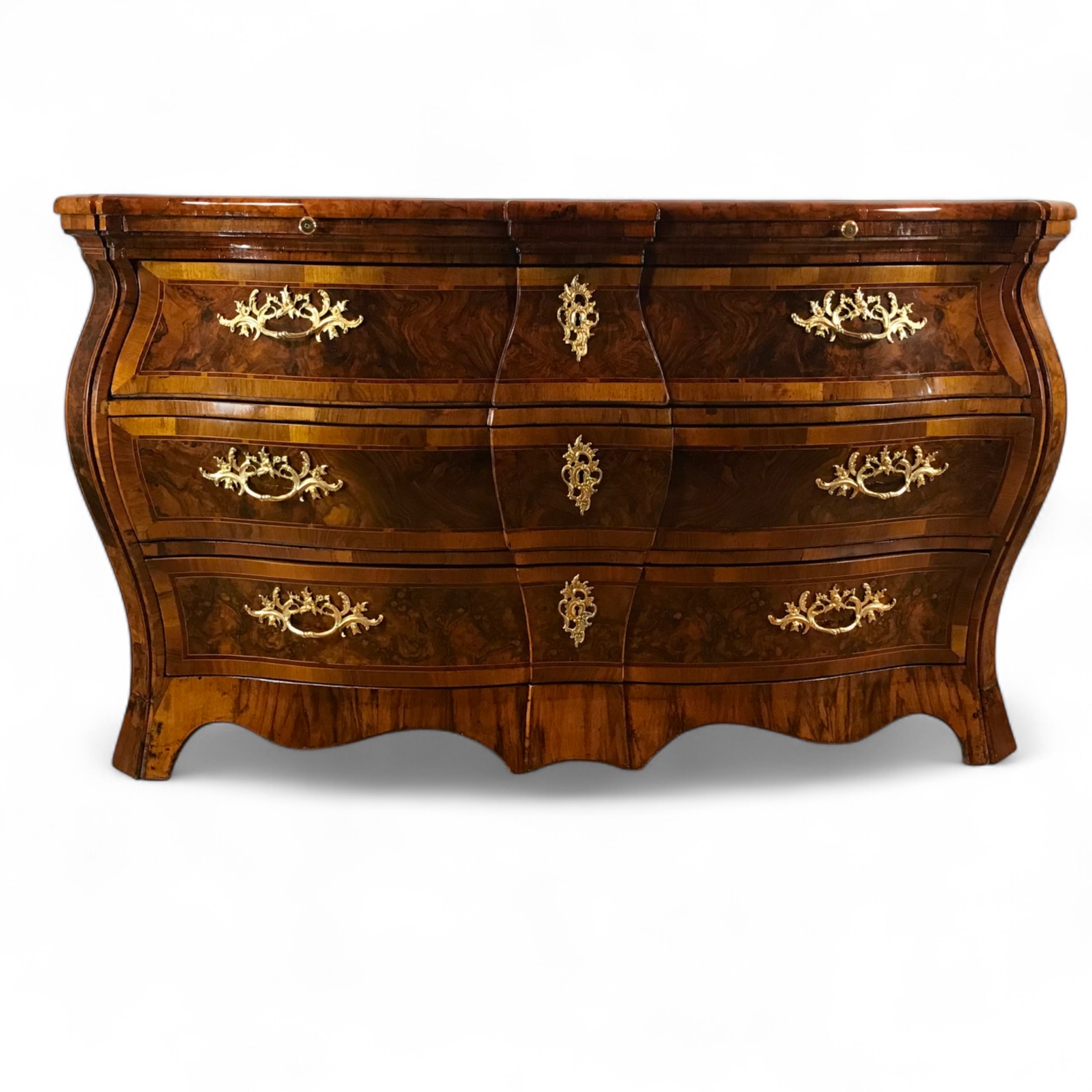
Even within regions, cabinetmakers adapted the form to suit clients’ preferences. French chests remained highly ornate, while Italian and German examples sometimes emphasized technical ingenuity over decoration. These regional differences appeal to collectors today, offering insight into historical design practices.
Technical Innovations in Bombe Chest Construction
Creating a bombe chest required technical skill. Veneers had to bend perfectly without cracking. Some chests featured double bombe fronts or sides, adding to the complexity. Cabinetmakers reinforced the structure with metal mounts, ensuring durability while maintaining elegance.
The convex form also posed challenges for drawers. Carving and shaping required precision. Only experienced artisans could achieve flawless proportions. This difficulty made the chests expensive and highly desirable in their time.
Decorative Trends: Veneers, Marquetry, and Ormolu
Decoration evolved alongside shape. Early Baroque examples were simple, with gilded bronze mounts and plain veneers. Rococo chests became more elaborate. Therefore, cabinetmakers often used tropical woods such as ebony, tulipwood, and kingwood. These woods highlighted the chest’s curves and added visual depth.
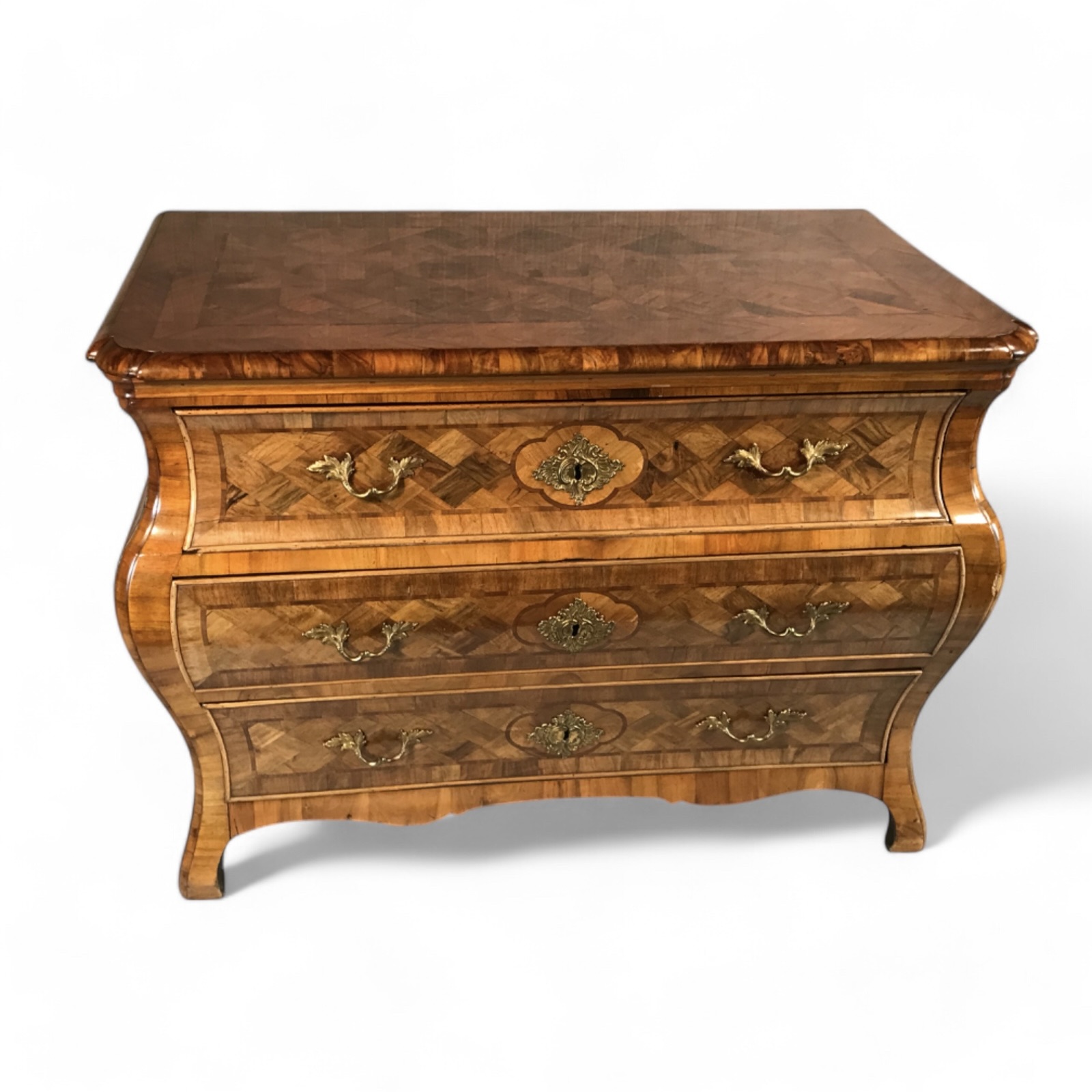
Marquetry depicted flowers, landscapes, and geometric patterns. Ormolu mounts often featured scrolling foliage, mythological figures, or intricate handles and key escutcheons. The combination of form and decoration transformed each chest into a work of art.
Influence on Later Design
The bombe chest continued to influence furniture design into the 19th century. Neoclassical makers softened the curves and simplified decoration. Empire and Regency designers sometimes adapted the convex shape to classical motifs.
Modern furniture also draws inspiration from the bombe form. Designers replicate its flowing curves and sculptural elegance, proving the shape’s timeless appeal. Antique bombe chests remain focal points in contemporary interiors, bridging historical craftsmanship and modern style.
Collecting and Styling Bombe Chests Today
Collectors and interior designers continue to prize bombe chests. They function as statement pieces in entryways, living rooms, and bedrooms.
To style a bombe chest, consider pairing it with mirrors, decorative objects, or lighting that highlights its curves. Antique finishes and patina enhance authenticity. French Rococo examples, especially by notable cabinetmakers, often command high prices. Italian and German pieces offer unique decorative flourishes, appealing to collectors who value variety and character.
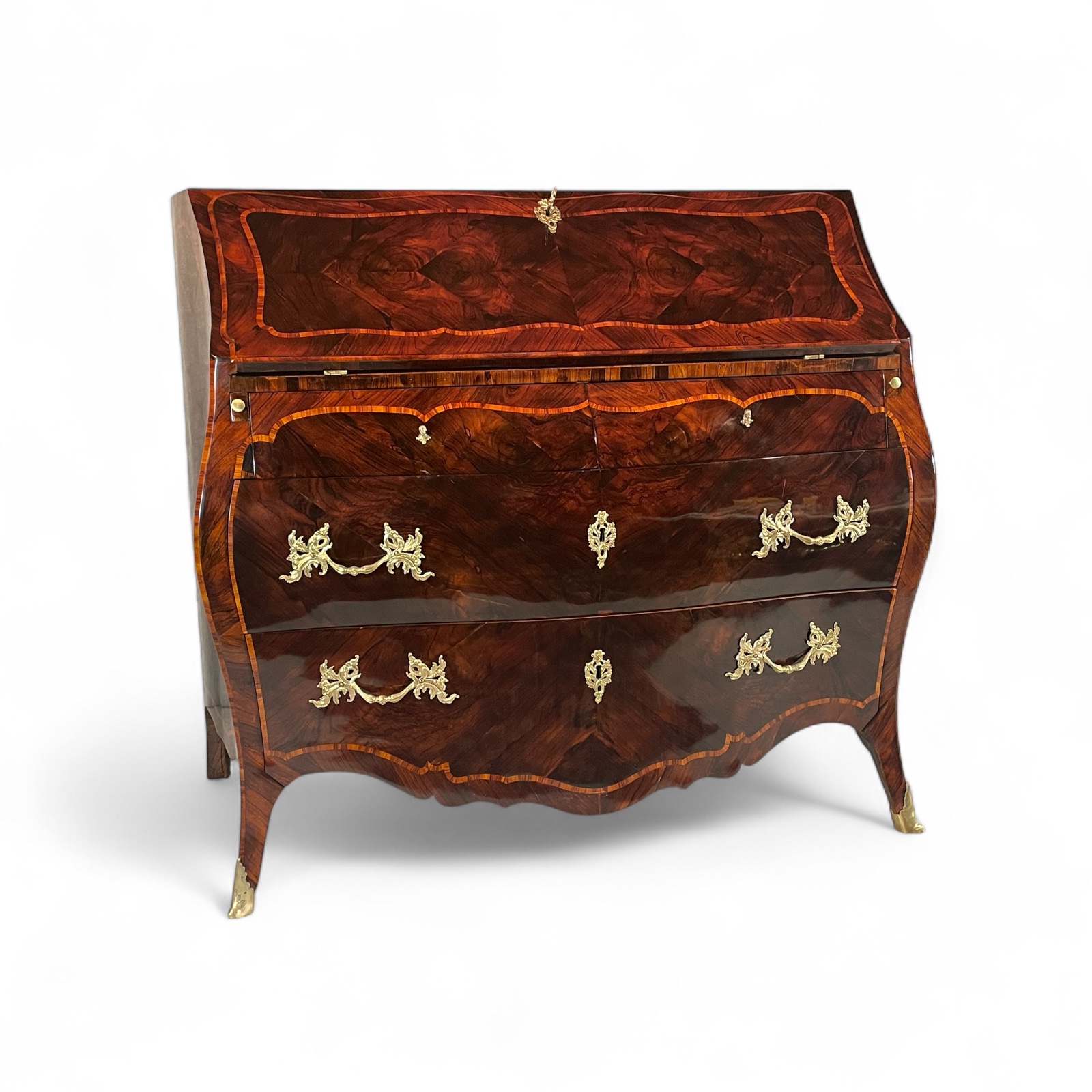
Restoring a this type of chest requires care. Maintaining veneers, polishing ormolu, and avoiding over-cleaning preserves both beauty and value. Provenance can also matter—well-documented pieces with historical context are rare and highly desirable.
Conclusion
The bombe chest combines artistry, technical skill, and historical significance. From Baroque origins through Rococo exuberance, it demonstrates the ingenuity of European cabinetmakers. Its convex curves, elaborate decoration, and elegant proportions create furniture that is both functional and decorative.
Today, antique bombe chests remain statement pieces and collectible items. Their sculptural forms, rich materials, and historical value make them highly sought after by collectors, designers, and interior enthusiasts alike. Whether placed in a classic or contemporary setting, the bombe chest continues to inspire admiration and elevate interiors with its timeless elegance.

